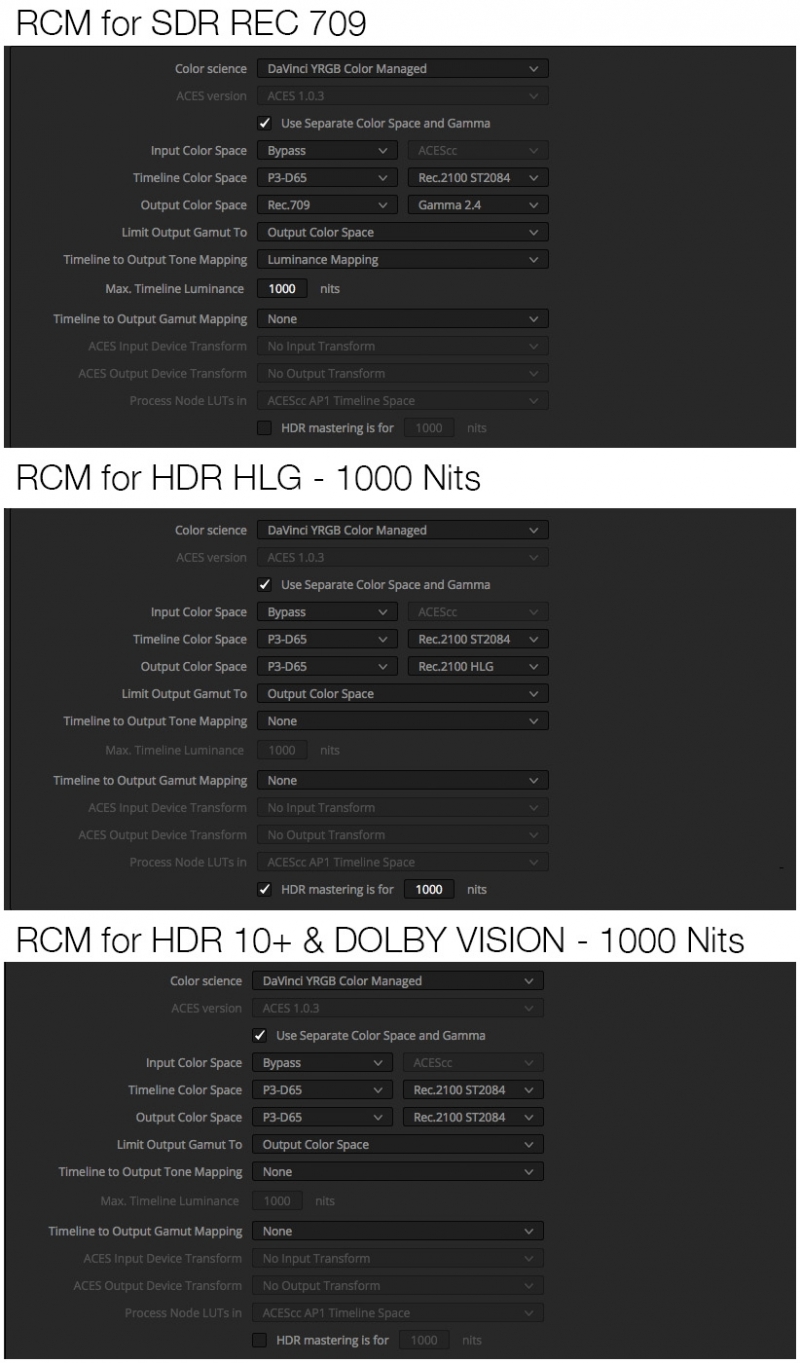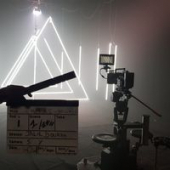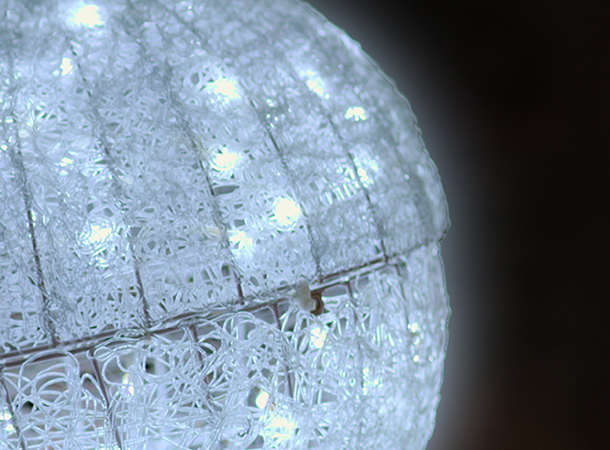Search the Community
Showing results for tags 'hdr'.
-
I haven't been able to find an answer for the discrepancy between the Scopes Histogram and the HDR Zones Histogram. I've attached 2 pictures below showing the Histogram for a Gray Scale ramp and the settings I'm using(I know they're not HDR. I was just trying to understand what the HDR Histogram is...
-
- colorspace
- hdr
-
(and 2 more)
Tagged with:
-
Hi all, Grading mainly documentaries, I'm trying to set up the best (or more universal) Resolve Color Management settings. The Input Color Space may vary depending on sources footages. After doing several tests, I think working with Timeline Color Space set to P3-D65 and Rec2100 ST2084 offers a...
-
- color space
- sdr
-
(and 1 more)
Tagged with:
-

Grading in HDR.
Alex Prohorushkin posted a topic in General Discussions
Good day colleague. Are there any recommendations or requirements for the organization of the workspace when working with HDR? For example: - The use of multiple monitors for monitoring (HDR and SDR) - Lighting the room. What and how? (After all, probably the light can or shoul... -
The monitor achieves the 1000 cd/m2 (typical) high brightness level needed for HDR content display. It is also the world’s first LCD monitor to achieve a typical contrast ratio of 1,000,000:1 for displaying true blacks. The name “PROMINENCE” refers to the phenomenon known as a solar prominence – a f...
- 8 replies
-
- hdr
- hdr grading monitor
-
(and 3 more)
Tagged with:
-

Dolby Vision vs. HDR10
Thomas Singh posted a topic in Editing , Color grading & Finishing
Can anyone explain the main difference between grading in Dolby Vision and HDR10? -
Hi guys, we've got another tutorial - this time focussing on HDR workflows and color management. SCRATCH supports PQ and HLG and can include HDR metadata in either a side car file, or included in an H264 stream. With 8.6 SCRATCH also ships the option to generate 10 bit 4:2:2 H264 streams i...
-
- crossconvert
- assimilate
-
(and 5 more)
Tagged with:
-
Colour Grading Dissertation Help
Franco Cuen posted a topic in Editing , Color grading & Finishing
Hello, everyone. I'm a Ravensbourne student currently studying Editing and Post Production. As I'm in my final year, I'm currently in the process of writing my dissertation, which mainly investigates how advancements in digital technologies have expanded the creative capabilities of a co...-
- colour grading
- resolve
-
(and 6 more)
Tagged with:
-

What is HDR?
Ildus gabidullin posted a topic in Mistika
HDR 101 - What is HDR? -
Grading for HDR
Asa Shoul posted a topic in Editing , Color grading & Finishing
Hi all, thought I'd get the ball rolling with this one. So, HDR, who's grading in HDR? What are you viewing on, (monitors and domestic)?How similar is it to your rec709 pass? what are client reactions and expectations? Thanks, Asa -

hdr HDR Grading?
Balaji Gopal posted a topic in DaVinci Resolve
Can anyone show some light on principles and workflow of HDR GRading in common and in Davinci Resolve using ACES COlor Science.










